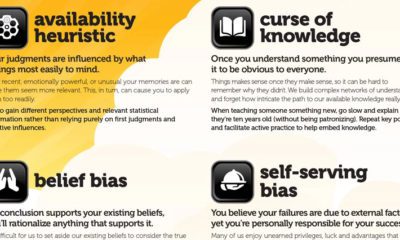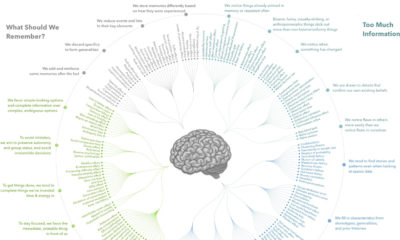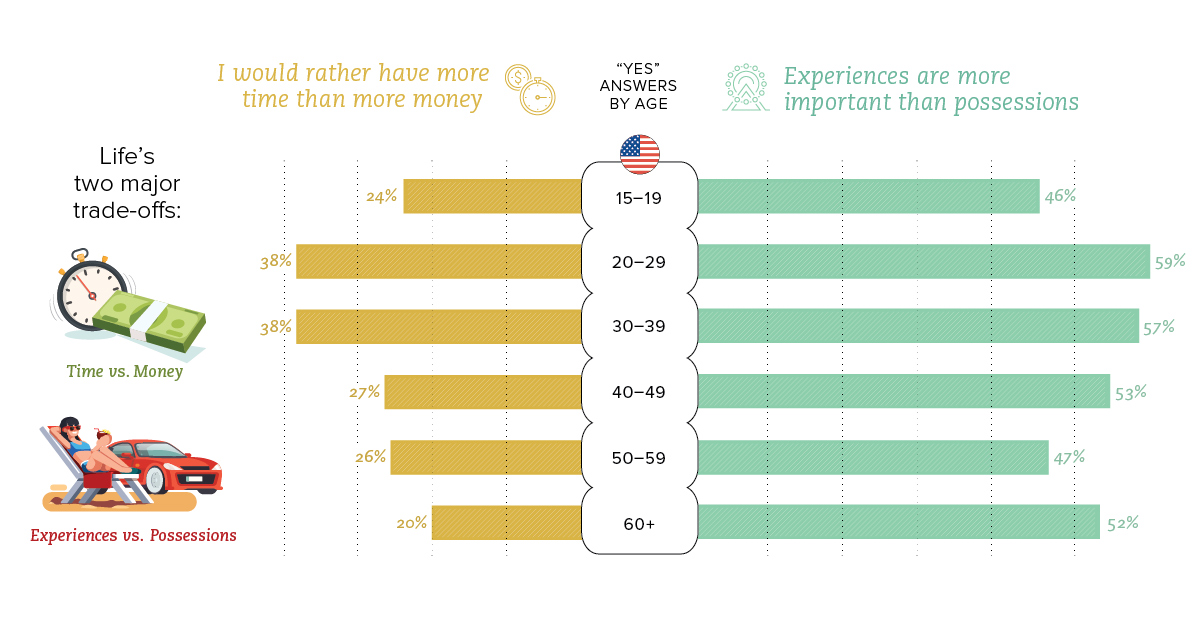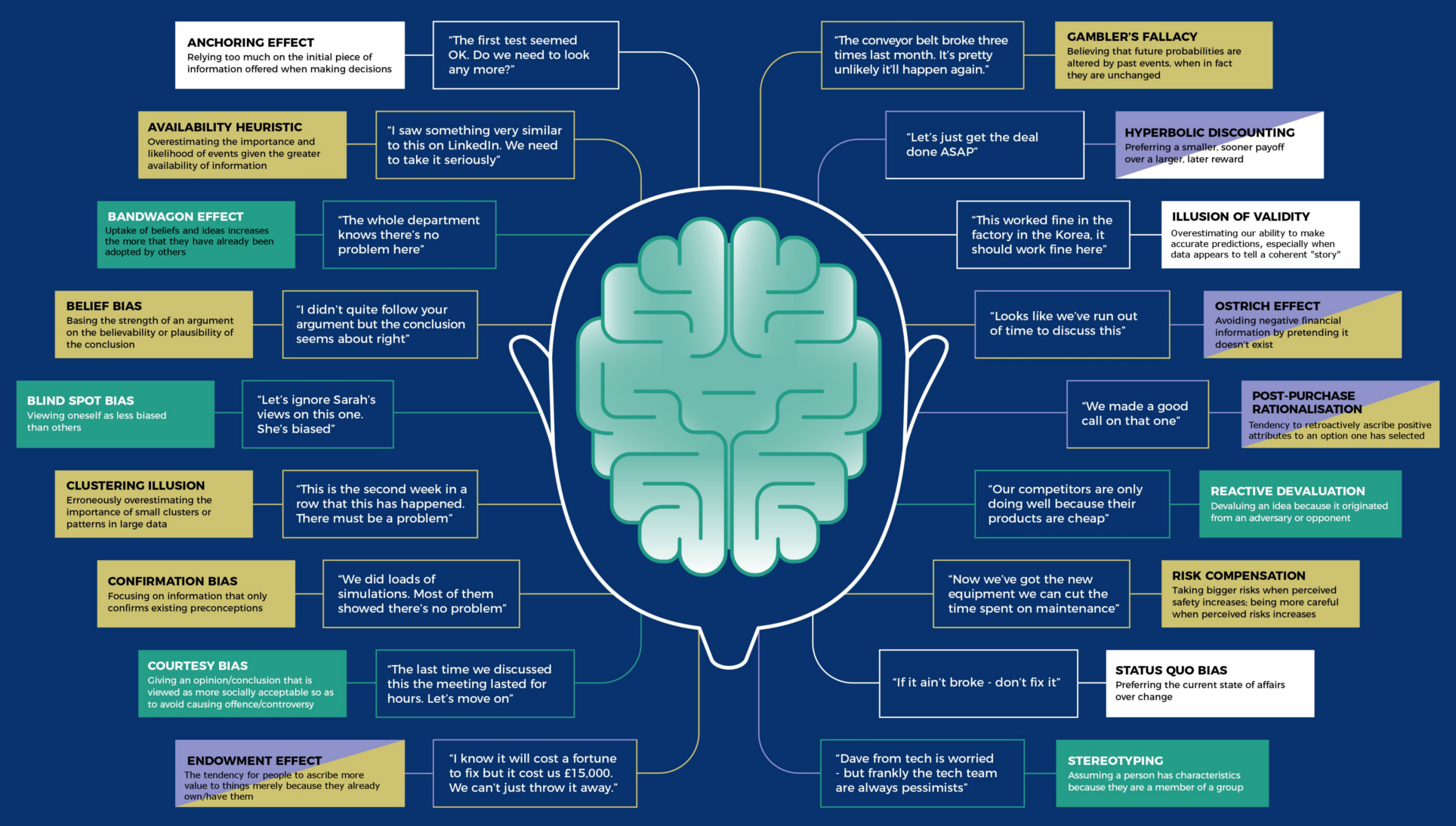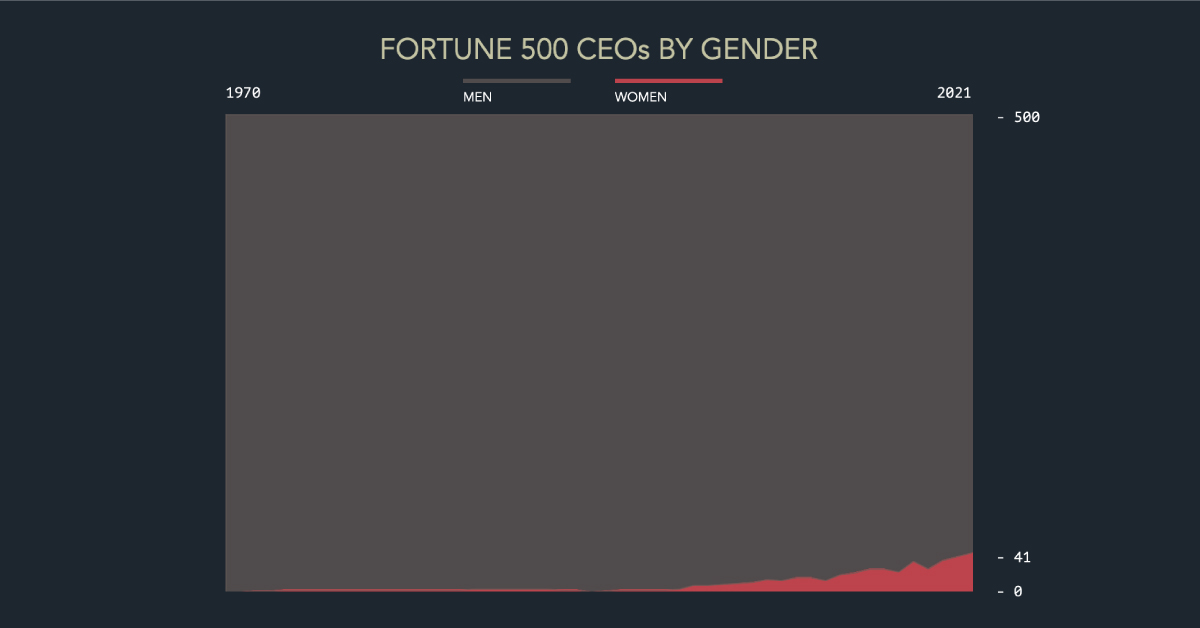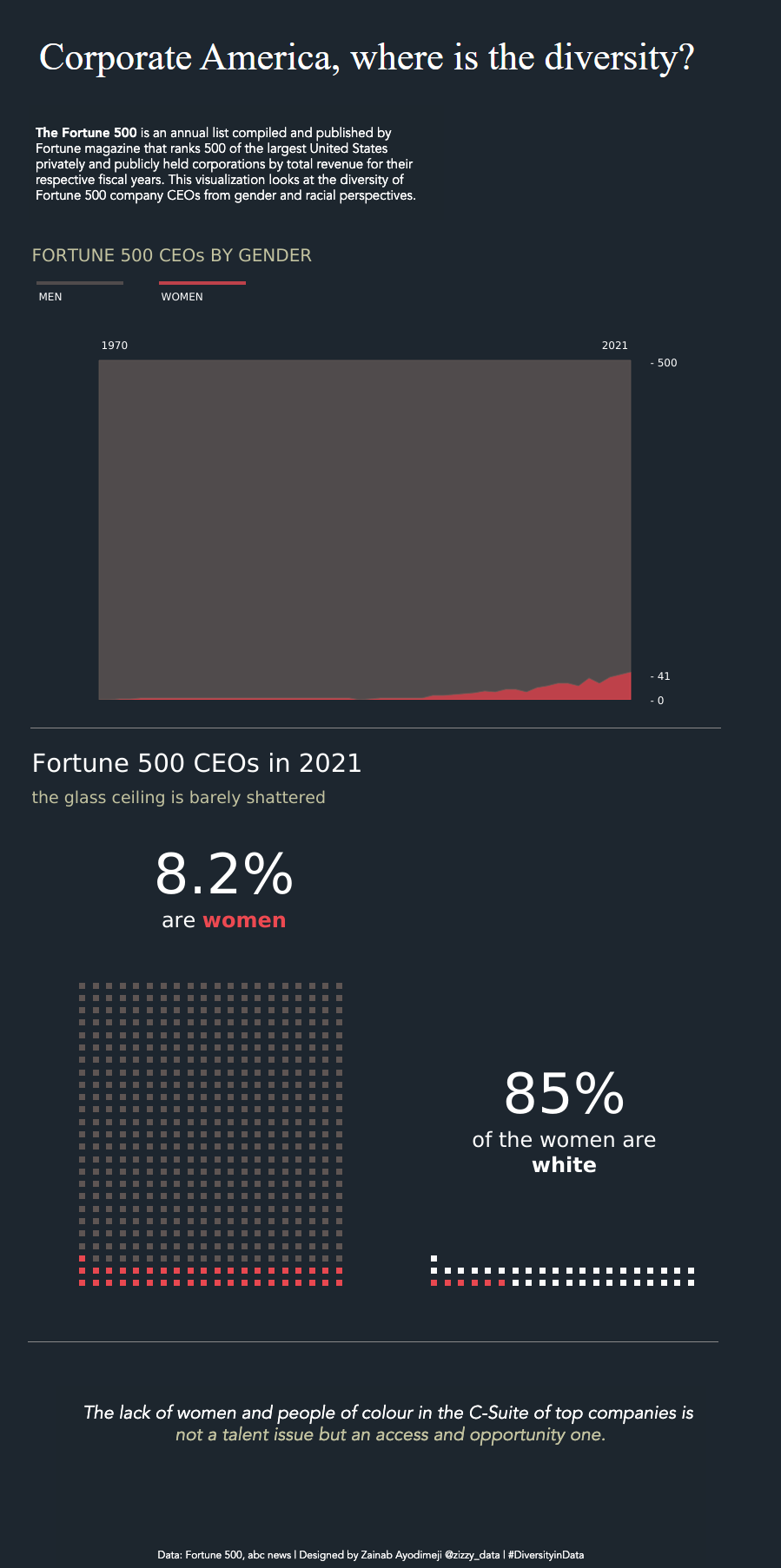With sweeping data covering half a million surveys in 152 languages, Valuegraphics identifies 56 values that influence human behavior. It uncovers what people care most about around the world, through a contextualized dataset.
The 10 Most Important Values
Individual motivations and values are universally organized. That said, research shows that the hierarchy of these values varies significantly. According to Valuegraphics, here are the top 10 values we share across cultures. While it may not be surprising that family emerges as the most important value globally, it’s interesting to note that a number of other ‘connectedness’ values—such as relationships and belonging—emerged in the top 10. Values of loyalty, and religion/spirituality ranked #6, and #7, respectively. At the same time, security-related values, including financial and employment security, score highly around the world. From a business and leadership context, values are interesting in that they can guide how people and consumers make their decisions. As people interact with the world, different experiences can ‘engage’ their most closely-held values. -David Allison, Founder of Valuegraphics
The Full List of the 56 Most Influential Values
Covering 401 metrics and 370 questions, how did all 56 values break down within the extensive Valuegraphics database on a global level? Across nine regions, the value of social standing stood at #17, while environmentalism came in at #36. Interestingly, both values of wealth (#38) and money (#52) ranked lower on the spectrum. Meanwhile, respect (#15) and compassion (#16) values fell closer to the top.
Windows of Insight
While many similarities exist across cultures, a number of fascinating differences emerge. Take morality, for example. Across all regions, it illustrated some of the widest variance—it was the second-most important value in the Middle East, whereas it came in near the bottom in Central and South America. Another notable outlier surrounds the value of patience. The African region placed the value within its top five. By contrast, it ranked globally about mid-way (#26) through the list. Another fascinating discovery is how both North America and the Middle East ranked the value of authority—both ranked it equally (#17), significantly higher than the global average of #30. Meanwhile, the value of tradition saw the highest ranking in Central & South America, but the lowest in Europe. As the world becomes increasingly complex, understanding how values impact our attitudes and behaviors can help us deepen our understanding across several avenues of life. Consumer research, marketing, leadership, psychology, and many other disciplines all fall within the broad spectrum of the influence of what humans value. on However, it appears corporate America still has a ways to go, particularly when it comes to diverse representation in corporate leadership roles. In 2021, only 8.2% of Fortune 500 CEOs were female. Of those females, 85% of them were white. This graphic by Zainab Ayodimeji highlights the current state of diversity in corporate America, reminding us that there are still significant gender and racial gaps.
Five Decades of Fortune 500 CEOs
Since 1955, Fortune Magazine has released its annual Fortune 500 list that ranks the 500 largest U.S. companies, ranked by total revenue earned each fiscal year. For the first 17 years of its publication, there were no female CEOs on the Fortune 500. Then in 1972, Katharine Graham became CEO of the Washington Post, making her the first-ever female CEO of a Fortune 500 company. Following Graham, a few other women joined the ranks, such as Marion Sandler, co-CEO of Golden West Financial Corporation, and Linda Wachner, CEO of Warnaco Group. But apart from those few outliers, Fortune 500 CEOs remained almost exclusively male for the next few decades. At the turn of the millennium, things started to change. Women-led companies started to appear more frequently on the Fortune 500. Here’s a breakdown that shows the number of women CEOs on the list, from 1999 to 2021: Slowly, women of color started to appear on the list as well. In 1999, Andrea Jung, the CEO of Avon, became the first East Asian female CEO in the Fortune 500. And in 2009, Xerox CEO Ursula Burns was the first Black woman to become CEO of a Fortune 500 company. By 2021, 41 of the Fortune 500 companies were led by women—8.2% of the overall list. While this increasing total is a clear trend, it’s important to note that women make up nearly 50% of the global population, meaning genders are still not equally represented in corporate leadership.
The Financial Benefits of Diverse Workplaces
Along with the number of societal and cultural benefits that come with a diverse workplace, research indicates that diversity can also be financially beneficial to corporations, and enhance a company’s bottom line. A study by the Council of Foreign Relations found that gender equality in the workforce could add up to $28 trillion in global GDP. According to the Council of Foreign Relations, a number of policy changes are needed to help close the gender gap in the workforce, such as legislation to promote women’s access to capital and financial services, or tax credits for childcare support.
